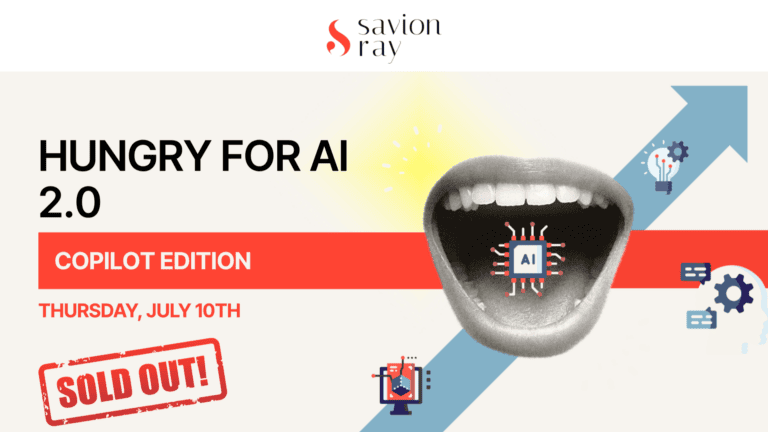Stories shape our perception, influence our decisions, and ultimately, drive change. But with this power comes a significant responsibility. In this blog post, we’ll delve into the ethical considerations of narrative change, exploring the impact of responsible storytelling and how to navigate the complexities of crafting narratives for positive influence. So, let’s dive into it.
The ethical implications of narrative change
Narrative change involves more than just altering text or context; it’s about reshaping perceptions and potentially the very fabric of society itself. This transformation requires responsible practices to ensure that the changes we advocate for are beneficial and not harmful. It is crucial to consider both the long-term effects of the narratives we create and their immediate impact on our audience’s perceptions and beliefs.
Furthermore, shifting narratives responsibly means being vigilant about the completeness of the story we present. Are we inadvertently reinforcing stereotypes or neglecting marginalized voices? Ensuring transparency, recognizing the limitations of our stories, and representing diverse perspectives are all essential components of ethical narrative change. Without these considerations, we risk creating a distorted reality with unintended consequences, which can be detrimental to the societal fabric we aim to strengthen and improve.
Impact of ethical storytelling on perception
Ethical storytelling profoundly influences public perception by adhering to principles of truthfulness, fairness, and integrity. By maintaining these standards, communicators can uphold trust and credibility, crafting narratives that are not only engaging but also beneficial to society.
Moreover, ethical storytelling extends beyond mere factual accuracy to consider the emotional impact of the narrative and its potential effects on perceptions. This involves thoughtful framing—does the narrative empower or portray helplessness? Does it foster empathy or incite division? Understanding these nuances is crucial for developing stories that inspire positive change and contribute to a better societal understanding.
AI and the evolving landscape of storytelling
The rise of AI in content creation adds another layer to ethical considerations. AI can generate scripts, personalize news feeds, and even create realistic-looking synthetic media (AI-generated visuals). This raises new questions:
- Is the AI biased?
- Can AI narratives be manipulative?
- How can we ensure AI-generated stories are ethical and trustworthy?
Ethical storytelling helps us navigate this evolving landscape. It can help identify and mitigate bias in AI algorithms, develop tools to detect AI-generated visuals, and ensure responsible collaboration between humans and AI in crafting narratives.

Implementing ethical narrative change: Best practices
Implementing ethical narrative change involves adhering to several best practices that ensure the integrity and impact of our communications. These include:
- Transparency: This means being open about the intent behind any narrative shift and the methods used to achieve it. Transparency also extends to being clear about the purpose of the narrative and any potential biases that might influence its formation.
- Inclusivity: It’s crucial that changes in narrative reflect a wide array of perspectives and do not exclude or marginalize any community. This involves thorough research to understand the subject matter from various viewpoints and integrating these diverse perspectives into the narrative.
- Accountability: Those responsible for crafting and disseminating narratives must be accountable for the narratives promoted and their impacts. This includes considering the long-term effects of the stories we tell and being prepared to address any unintended consequences that may arise.
By consistently applying these practices—transparency, inclusivity, and accountability—we can translate ethical concepts into action, ensuring that our narratives are both responsible and reflective of the diverse society we serve.
Ethical dilemmas and narrative impact
Ethical dilemmas often emerge during narrative changes, challenging the balance between creative freedom and factual accuracy or the alignment of stakeholder interests with ethical standards. Addressing these dilemmas transparently can significantly enhance the credibility of the narrative change process.
Moreover, even with the best intentions, ethical dilemmas can still arise, such as when amplifying a marginalized voice might inadvertently expose them to harm. Responsible narrative alteration thus requires careful consideration and sometimes innovative solutions like anonymization or creative framing to mitigate risks while maintaining the integrity of the story. These approaches help preserve the essence of the narrative while safeguarding those involved.
Upholding ethical narratives for change
To uphold ethical narratives, communicators must actively engage with their audiences, consistently soliciting feedback and adapting their strategies to meet ethical standards. This dynamic process is crucial to ensure that narratives not only stay relevant but also remain grounded in ethical principles, thereby fostering responsible influence and positive impact.
By prioritizing ethical narrative change and embracing responsible storytelling, we can leverage the transformative power of narratives to effect positive and lasting changes.



